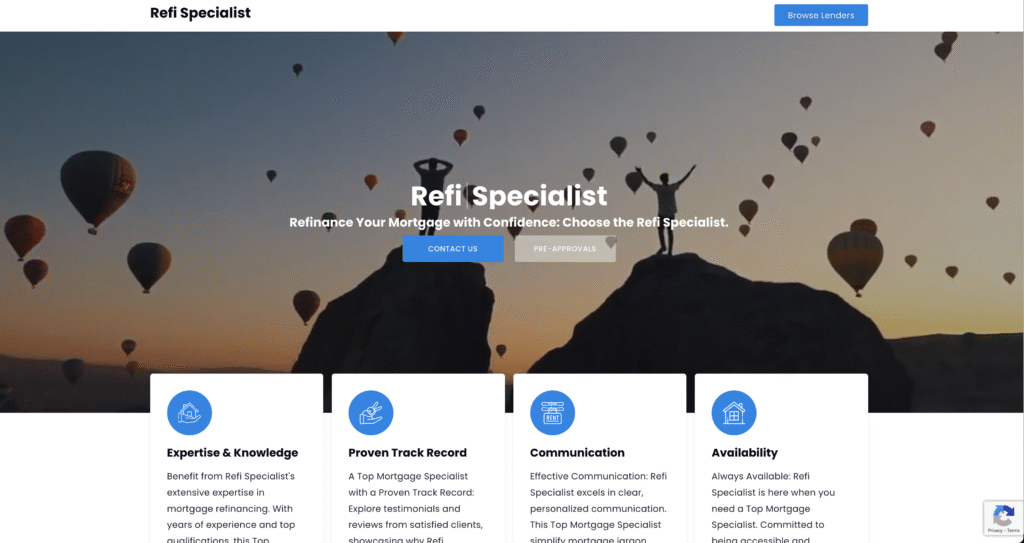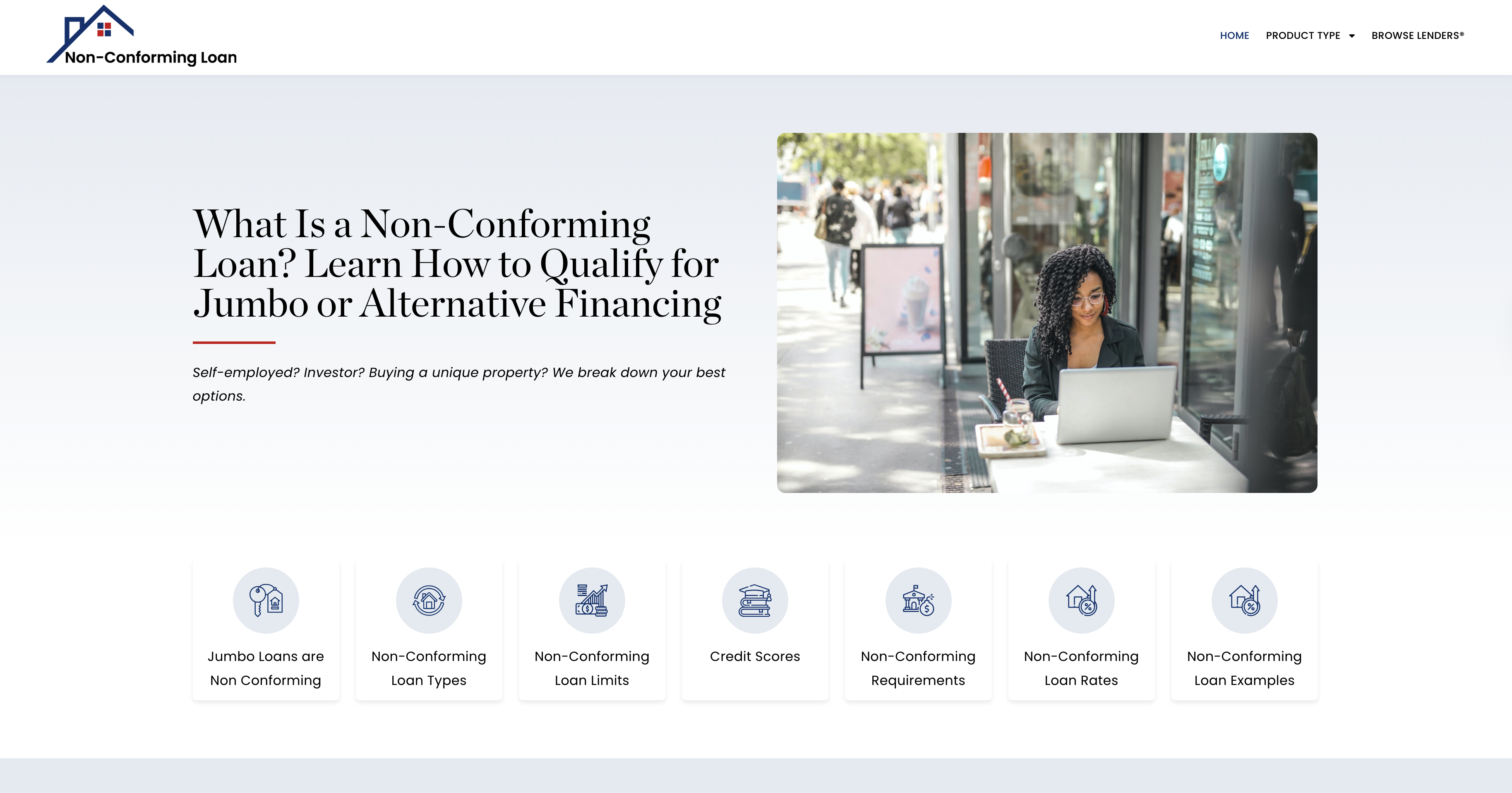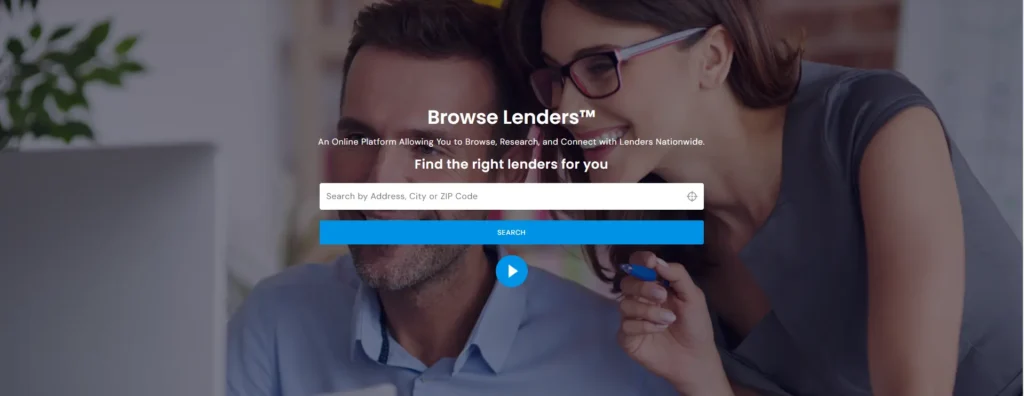DISPUTES ARE NOT ABOUT REMOVAL — THEY ARE ABOUT CREDIBILITY
Most consumers believe a dispute is a request to “fix” or “delete” something on their credit report. That is the surface-level view — and it is why most disputes fail. Institutions do not treat a dispute as a correction request. They treat it as a credibility test. A dispute is a moment where the system evaluates whether you are acting as a reliable narrator of your own financial history.
When you file a dispute, you are not only challenging a line item — you are demonstrating, in real time, how you handle conflict, accuracy, accountability, and documentation. The system doesn’t just evaluate the item — it evaluates you.
This is why a bad dispute lowers trust even when the item is technically removed. The removal does not repair the credibility score — it often weakens it. The institution thinks:
“If this person disputes unpredictably or excessively, they may be difficult to manage as a borrower.”
Most borrowers never see this interpretation layer. They think they are “defending themselves.” Underwriting sees instability in judgment if the dispute is poorly timed, weakly supported, or appears “blanket-style.”
The Dispute Planner exists to prevent that mistake — not by teaching you how to complain, but by teaching you how to demonstrate credibility in a format the system respects. You are not fixing the item; you are presenting yourself as a credible financial actor.
SECTION 2 — WHY INSTITUTIONS CARE MORE ABOUT THE NATURE OF THE DISPUTE THAN THE OUTCOME OF THE DISPUTE
Most people think disputes are evaluated based on whether the entry is accurate or inaccurate. But that is only the administrative side. On the institutional side, the question is completely different:
“Was this dispute initiated responsibly or reactively?”
The dispute itself becomes a behavioral indicator.
| What Consumers Think is Being Evaluated | What Institutions Actually Evaluate |
|---|---|
| The accuracy of the account | The reliability of the borrower |
| Whether the bureau makes a correction | Whether the borrower demonstrates control |
| The presence of an error | The quality of judgment used to challenge it |
| The result of the dispute | The conduct during the dispute |
A dispute filed without documentation signals emotional reaction.
A dispute filed with structure signals accountability.
A dispute filed too soon signals instability.
A dispute filed in sequence signals maturity.
A dispute filed everywhere at once signals desperation.
A dispute filed in precision signals credibility.
The dispute process tells the system whether a borrower is correcting reality or resisting responsibility. That difference is what impacts underwriting far more than the line item itself.
SECTION 3 — WHY TIMING MATTERS MORE THAN CONTENT
Most people file disputes as soon as they “notice a problem.” But to institutions, timing isn’t procedural — it is psychological. The dispute clock is not counting submission date, it is counting emotional impulse versus disciplined intervention.
If a dispute appears rushed, aggressive, or unsequenced, the system interprets:
“This borrower is not ready to be managed within a lending environment.”
If a dispute appears structured, documented, and appropriately timed relative to other stability signals (utilization control, DTI alignment, payment behavior), the system interprets:
“This borrower is competent, self-auditing, and low-friction.”
This is why most disputes fail not because they’re wrong — but because they’re premature. Before a borrower disputes, the system is asking a silent question:
“Is this individual disputing because they are accurate — or because they are overwhelmed?”
When the pattern on the rest of the credit profile is not stable, a dispute looks like emotional resistance, not responsible correction. The Dispute Planner prevents that misclassification by aligning timing with credibility conditions.
SECTION 4 — HOW DISPUTES AFFECT YOUR MIDDLE CREDIT SCORE® (EVEN WHEN NOTHING GETS REMOVED)
Your Middle Credit Score® does not just reflect your past — it reflects the observed integrity of your reporting history. When you file a dispute, you are telling the system:
“This version of my history is incorrect — here is the version I stand behind.”
That act triggers a credibility metric.
The three bureaus do not display this metric on your report — but underwriting reads it through trend interpretation:
- If disputes are unstructured:
the system detects volatility. - If disputes are unsupported:
the system detects unreliability. - If disputes are spray-and-pray style:
the system detects evasion. - If disputes are sequenced, documented, and justified:
the system detects maturity and accountability.
This is why the Middle Credit Score® may not rise immediately after a dispute — but it will rise once the system integrates credibility with consistency. Disputes are not score tools — they are credibility tools.
When used strategically, disputes increase confidence in your profile. When used poorly, they lower trust even if the item disappears.
This is the turning point where consumer disputes end — and institutional dispute strategy begins.
SECTION 5 — BEFORE VS AFTER: HOW A DISPUTE CHANGES YOUR PROFILE INTERPRETATION
The dispute itself becomes part of your financial conduct history. Whether you win or lose the dispute is secondary — what matters is whether the act of disputing increased or decreased your perceived reliability.
| BEFORE Strategic Dispute Planning | AFTER Strategic Dispute Planning |
|---|---|
| Disputes look emotional | Disputes look methodical |
| System sees instability | System sees accountability |
| Applicant appears reactive | Applicant appears self-governing |
| Lender prepares for friction | Lender anticipates cooperation |
| Credibility is questioned | Credibility is reinforced |
Consumers believe a dispute is about “fixing the report.”
Institutions believe a dispute is about “forecasting cooperation.”
This is why the Dispute Planner is not a tool for deletion — it is a tool for credibility staging. You are preparing the interpretation layer that comes before the score ever updates.
The moment a dispute reads as structured rather than defensive, the system upgrades its expectation of how you will behave under future pressure. That shift, not the removal itself, is what creates readiness.
SECTION 6 — WHAT UNDERWRITING IS ACTUALLY TESTING WHEN YOU FILE A DISPUTE
Most borrowers think a dispute asks “is this true?”
Underwriting silently asks “is this borrower trustworthy?”
There are four hidden credibility signals inside every dispute:
| Test | What Institution Looks For | What It Means |
|---|---|---|
| Accuracy Test | Is the borrower fact-based or emotional? | Rationality |
| Timing Test | Did they file in stability or strain? | Maturity |
| Documentation Test | Can they back up their claim? | Accountability |
| Pattern Test | Is this isolated or habitual? | Integrity |
Even if the dispute is correct, failing any of these four tests damages credibility.
A dispute is not a correction request — it is a micro-audit of your reliability.
When institutions see a borrower dispute after they have stabilized utilization and DTI, they interpret it as:
“This person is restoring their profile responsibly.”
When they see disputes during financial volatility, they interpret:
“This person is resisting accountability during instability.”
Same dispute.
Different timing.
Different credibility outcome.
SECTION 7 — THE MISTAKES THAT TURN DISPUTES INTO RED FLAGS
Most people unintentionally make their profile worse when they dispute, because they don’t understand that the dispute is graded as behavior, not paperwork. These are the most damaging missteps:
| Mistake | Borrower Believes | Institution Concludes |
|---|---|---|
| Disputing everything at once | “I’m cleaning up my file” | “They can’t accept responsibility” |
| Disputing during high utilization | “I’m addressing errors” | “They are unstable and deflecting” |
| Copy/paste dispute templates | “This is the recommended strategy” | “Low effort / no documentation” |
| Premature disputing | “I should do this early” | “They are reactive, not credible” |
| Disputing emotionally | “This isn’t fair” | “This borrower is difficult to manage” |
This is why credit repair companies frequently hurt credibility more than they help it. They flood the system with volume-based disputes — which institutions read as panic and avoidance, not responsibility.
The Dispute Planner prevents this misclassification by ensuring the dispute is seen as an act of integrity, not resistance.
SECTION 8 — HOW TO USE DISPUTES AS CREDIBILITY LEVERAGE (THE READINESS CONVERSION)
Once you understand that a dispute is a credibility event, you stop filing them as reactions and start using them as evidence of reliability. A dispute filed correctly achieves three outcomes at once:
- It corrects the error
- It signals responsibility
- It increases institutional trust
The key sequence is:
1️⃣ Stabilize utilization (control)
2️⃣ Manage DTI (capacity)
3️⃣ Then dispute (credibility)
When disputes are filed after control is demonstrated, they are interpreted as part of a measured improvement plan — not emotional cleanup.
This is why the Dispute Planner exists:
not to delete, but to legitimize.
Once a borrower demonstrates they can self-audit with accuracy and discipline, the system stops classifying them as a volatility risk and begins classifying them as a low-management borrower, which translates into better pricing, faster approvals, and more favorable terms when they later enter the lender environment.
Because after credibility is established, the question shifts from:
“Can this person qualify?”
to
“This person can be trusted — what is the best way to serve them?”
That is the moment where readiness becomes leverage.






